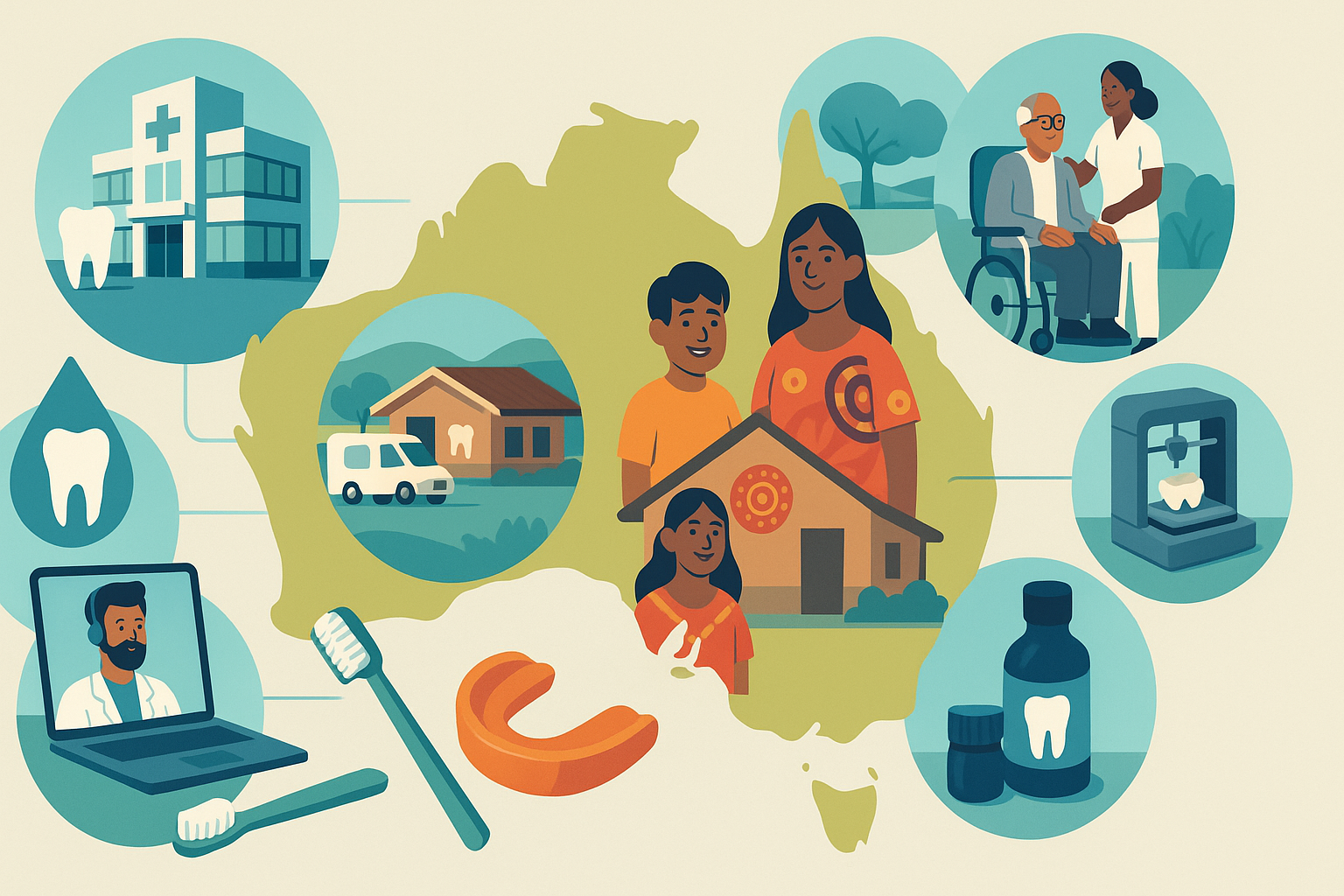Australia is known for having one of the most advanced and accessible healthcare systems in the world. The country’s healthcare infrastructure is built on the pillars of accessibility, high-quality care, and sustainable financing, ensuring that citizens can receive the medical attention they need when they need it. The integration of public and private healthcare options offers flexibility and choice to individuals, making the system both comprehensive and adaptable.
Healthcare Access in Australia
Access to healthcare in Australia is largely facilitated through the country’s Medicare system, which is designed to provide universal healthcare coverage to all citizens and permanent residents. This public health insurance system subsidizes a wide array of healthcare services, including doctor visits, hospital stays, medical tests, and surgeries, allowing Australians to access essential healthcare services without incurring significant costs.
Medicare is complemented by private health insurance, which provides coverage for additional services such as dental care, physiotherapy, and elective surgeries, which may have long waiting lists in the public system. Private health insurance also offers quicker access to hospital treatments, providing patients with more options and reducing the strain on public healthcare services.
Despite the comprehensive nature of the Medicare system, there remain challenges in providing equitable access across the country. Rural and remote areas often face difficulties in accessing healthcare services due to limited healthcare facilities and a shortage of medical professionals. The government has taken steps to address these issues, offering financial incentives for healthcare professionals to work in underserved regions and expanding telehealth services to improve healthcare access in remote locations.
The Quality of Healthcare in Australia
The quality of healthcare in Australia is consistently ranked among the best globally, owing to the country’s well-established healthcare standards, rigorous training programs for medical professionals, and robust regulatory frameworks. The Australian healthcare system is supported by numerous organizations, such as the Australian Health Practitioner Regulation Agency (AHPRA), which ensures that all healthcare practitioners meet high professional standards and adhere to ethical guidelines.
Hospitals and healthcare facilities in Australia are subject to strict accreditation processes, ensuring that patients receive safe and effective treatment. The Australian Commission on Safety and Quality in Health Care plays a crucial role in setting safety and quality standards for the healthcare industry. These standards are designed to reduce the risk of medical errors, improve patient outcomes, and enhance the overall quality of care provided.
However, the quality of healthcare in Australia can be inconsistent, particularly in the public sector. Long waiting times for elective surgeries in public hospitals can be a challenge, with some patients waiting months or even years for non-urgent procedures. In response to this, the government has invested in expanding capacity and improving efficiency in public hospitals to reduce waiting times and enhance service delivery.
Financing Australia’s Healthcare System
Australia’s healthcare system is funded through a combination of taxes and private insurance premiums. The primary source of funding comes from the Medicare Levy, which is a tax paid by all taxpayers. This levy is calculated as a percentage of an individual’s income and is specifically earmarked for the funding of the public healthcare system.
In addition to the Medicare Levy, private health insurance plays a significant role in funding the healthcare system. Private health insurance is widely available and provides coverage for a range of additional medical services that are not fully covered by Medicare. Australians who opt for private health insurance enjoy faster access to medical treatments and have more control over their healthcare choices.
To incentivize private health insurance, the government offers rebates and other financial incentives. These include subsidies for individuals with lower incomes and tax penalties for those who do not have private health insurance and earn above a certain threshold. The dual funding model, with both public and private contributions, helps to reduce the financial strain on the public system and ensures that Australians can access a wide range of healthcare options.
With an aging population and rising healthcare costs, the sustainability of Australia’s healthcare system is a topic of ongoing debate. The government continues to explore new ways to manage costs, including the promotion of preventative health initiatives, digital health technologies, and reforms to hospital funding models.
Healthcare Accessibility, Quality, and Sustainability
The healthcare system in Australia is a vital part of the nation’s social infrastructure. The combination of universal healthcare through Medicare, the option for private health insurance, and the government’s commitment to maintaining high standards of care ensures that Australians have access to essential medical services. While challenges remain in terms of regional access and waiting times, Australia’s healthcare system stands as a benchmark for quality, accessibility, and financial sustainability. The government’s ongoing efforts to improve the system through innovation and policy reforms will ensure that the healthcare system can continue to meet the needs of its growing and aging population.



